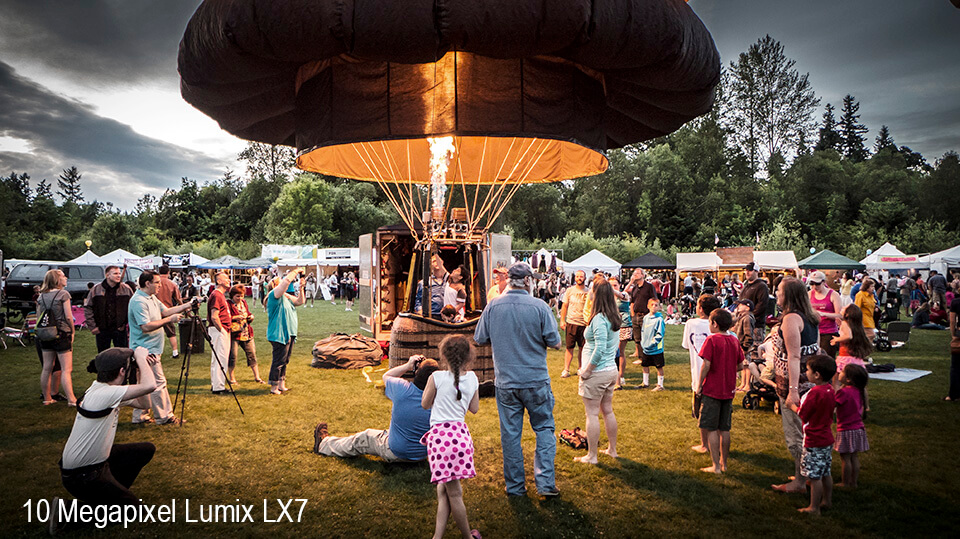The Megapixel Hype
Today’s Post by Mark Toal
I’m as guilty as anybody in thinking that more megapixels means better photos. My first digital camera had a half-megapixel sensor and the images it produced were awful looking. Every time the megapixel count went up I felt like I just had to have the newest camera. And I did: One, two, three, four megapixels and they were all awful. Then I bought a Sony camera that had a five megapixel sensor and for the first time I was able to see the promise of digital photography.

After I bought the six-megapixel Nikon D70 and used it for paid assignments of weddings and portraits I never used a roll of film again. I bet those brides and grooms aren’t looking at the photos and thinking, “I wish he had used a camera with more megapixels.”
 Unless you make prints larger than 16×20 inches you don’t need more than 10-megapixels as long as the lens on the camera is a good one. In my opinion lens quality is much more important that megapixels or sensor size. I see photographers with cameras that are just a few years old drooling over the newest camera body when they would get better looking (sharper?) photographs if they invested in a better lens.
Unless you make prints larger than 16×20 inches you don’t need more than 10-megapixels as long as the lens on the camera is a good one. In my opinion lens quality is much more important that megapixels or sensor size. I see photographers with cameras that are just a few years old drooling over the newest camera body when they would get better looking (sharper?) photographs if they invested in a better lens.
Joe has written an article about lenses for portrait photography for Shutterbug and you can read it here. The portrait that leads off the article, was shot with a 16-megapixel Lumix GH4 and a Leica DG Macro-Elmarit 45mm f/2.8 lens.
Look at Facebook or Instagram where most of the photos you see are shot using 12-megapixel cell phones and then tell me again why you need a 24-42-megapixel sensor. What separates cameras from cell phones is the choice of lenses and their (physically) larger sensors, not the megapixels.



